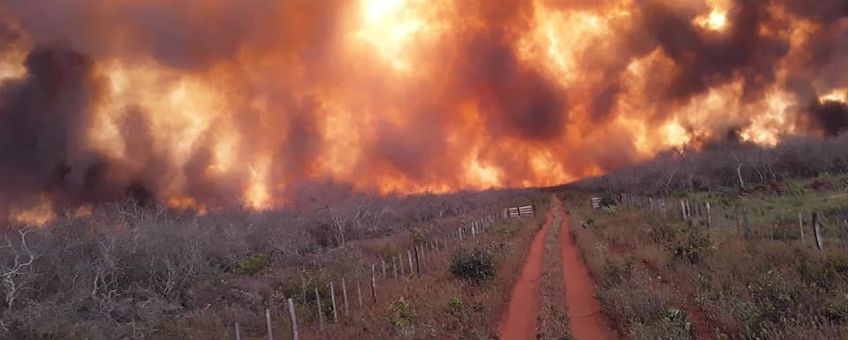
'We are proud of the forest we saved together'
World Wide Fund for Nature – NetherlandsWe interviewed Celso Muxfeldt, president of the farmers' association of Agua Dulce Agricultural and Livestock (APAD) in Paraguay. He tells his story from that intense and stressful time and explains why he is so closely connected with nature as a meat producer.
A great fire is coming
Celso: "It all started in the beginning of August. We received a call from our Bolivian neighbours, with whom we have good connections. They alarmed us that a great fire was coming and asked for help. We were also warned to prepare ourselves, because the fire was going to reach Paraguay.
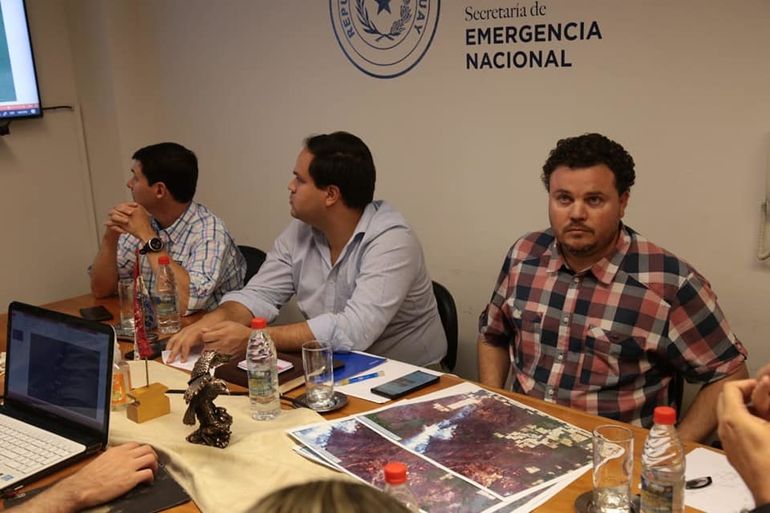
Northern wind
 That was when we called our network to get together and come to the border. With about twenty people we tried to stop the fire at the border line. First, we started clearing a twenty kilometre stretch barrier. However, the fire came on very quickly and heavily; because the line we vacated went from east to west and there was a northern wind, we could not stop the flames. Then, we asked for help from the SEN (National Emergency Secretariat), the military corps and the firefighters. We did all we could to work according to the techniques indicated to us by the firefighters. But despite all efforts, the first days we did not see any results.
That was when we called our network to get together and come to the border. With about twenty people we tried to stop the fire at the border line. First, we started clearing a twenty kilometre stretch barrier. However, the fire came on very quickly and heavily; because the line we vacated went from east to west and there was a northern wind, we could not stop the flames. Then, we asked for help from the SEN (National Emergency Secretariat), the military corps and the firefighters. We did all we could to work according to the techniques indicated to us by the firefighters. But despite all efforts, the first days we did not see any results.
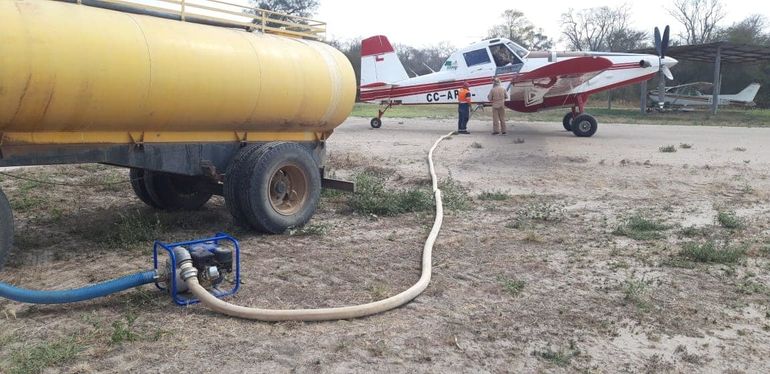
Lack of coordination
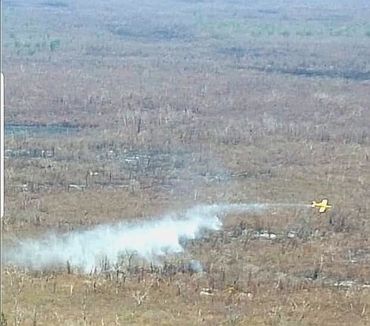
The fire was of proportions we could not attack, so we asked other institutions for help. The SEN provided airplanes and helicopters and WWF assisted us with satellite images, wind direction, weather reports and equipment. Our biggest problem, however, appeared to be the lack of coordination. We therefore got help from USAID and some forest technicians who organised the emergency committee well. Thanks to the Emergency Operational Centre (COE) and the government there was coordinated work between aviation, volunteer firefighters and farmers.
Airplanes, trucks and firebreaks
All of us also received training in the techniques to use, according to each place. For example: how do you cease fires in a forest you cannot enter? First, the airplane was repressing the flames in the forest while we drove in the field with fire trucks. Then, the firemen and our people followed with backpacks, water and shovels to extinguish the fires on the pastures. We also learned how to use a firebreak, in this case running from north to south instead of east to west. With the corresponding authorisation of the COE and the government institutions we enlarged a road. We did 13 kilometres in Bolivia as well, with permission of their government.

What was left was saved
Once we started working in coordination, we began to see success, and the motivation of everyone involved grew. What was left, was saved. Thanks to training and support, we were able to contain the situation, saving more than 20 ranches and more than 200,000 hectares of forests, schools and small towns. During a regional congress last week, firefighters, military corps and APAD were honoured for the work we did together. We are very proud of what we have saved.
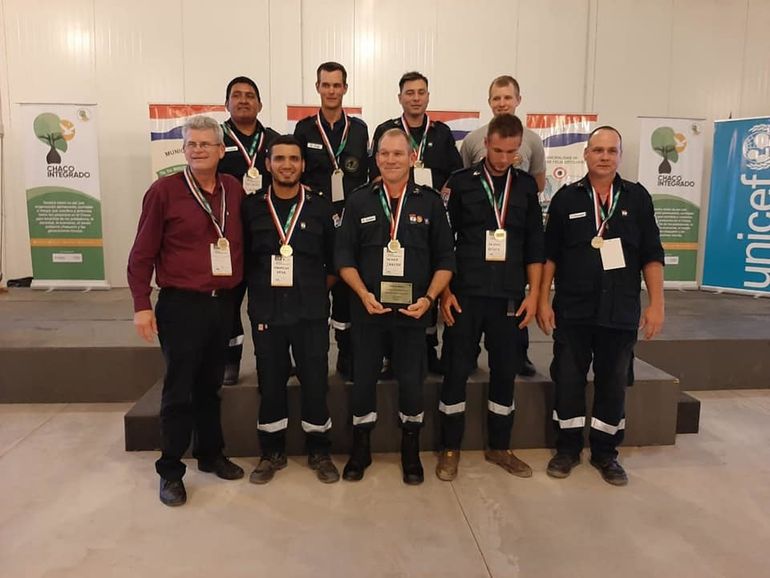
Grade six
Nevertheless, a lot of forest has burned down, even areas that had never been on fire before. The experts told us it was grade six, one of the highest rates in forest fires. They themselves were impressed by how ferocious it was. This was the first time I saw a forest getting devoured by fire. What struck me was that the flames took on in height of twenty, even thirty meters. The technicians told us that the black smoke even rose seventy meters upwards, fed with oxygen so it could keep on going. There were atypical conditions: for example, at the beginning of the month we had frost (which occurs only once in seven years), so the ground was full of leaves, that later became fuel for the fire.
Great sadness
These fires caught us while we were unprepared and were of a proportion we have never seen before. What hurt us most was to see what was burned: the Cerro Chovoreca Natural Monument, the private reserves, and the areas with environmental services that we promote to certify the care of the forests. It also moved me very much to see animals running from the fire. Other slow animals, like tortoises, we found back dead. That made me very sadness.

Synergy
More than eighty percent of the farmers in the whole area of APAD were affected by the fires. We do not want this to happen anymore. More than twenty years ago we stopped using fire for agriculture, since it is a bad practice in our eyes. We are convinced that preserving nature and producing meat can be done together. We protect fifty percent of the forests in their natural state and produce in the other half, so we believe that this synergy is the right path. Especially because we see the results: there is more humidity in the environment, there are many factors that contribute to a favourable microclimate.
Way forward
We are convinced this approach is the right way to go. We don't want our farming and production methods to be forbidden, because we do it in the right way under national legislation. Our aim is to live together with nature, to protect the forest and the farmers who protect the forest. Producing efficiently, reducing our carbon footprint and industrialising our products while strengthening private biological corridors, connected to public protected areas, is the way forward. Our group of farmers promotes that those who do not comply with the legislation are denounced. As an association, we have been working with civil organisations such as Guyra Paraguay, WCS and WWF for several years, and even with the Ministry of the Environment.

Help nature recover
We care about Defensores del Chaco, the biggest national park in the country. Therefore, we participated in the elaboration of the Management Plan, reconstructed a house in the park and hired a park ranger. We want to do the same with Cerro Chovoreca Natural Monument, which was severely affected by the fires. In fact, we already started with a reforestation plan. For instance, we are working on a nursery of native species, with the idea to disperse seeds with clay pumps to make sure the forest can recover quickly. We will provide a place for park rangers and a well for water, for a research centre within the protected area. Our plan is to build more wells for the future in the frontier limit, to avoid fires getting into Paraguay again. We do not sit with our arms down: we want to assist nature with its recovery.”
Text: Wereld Natuur Fonds
Pictures: APAD Paraguay; Karina Mansilla
